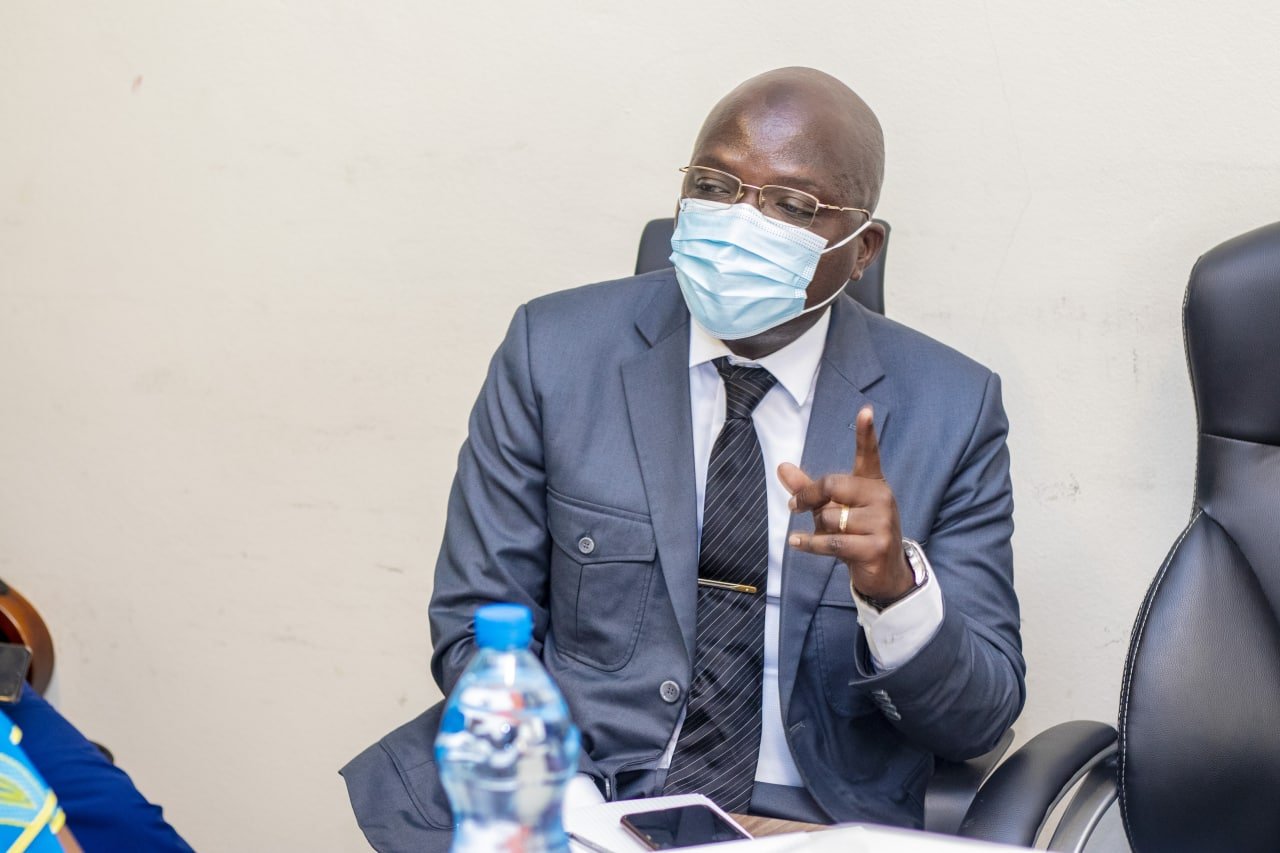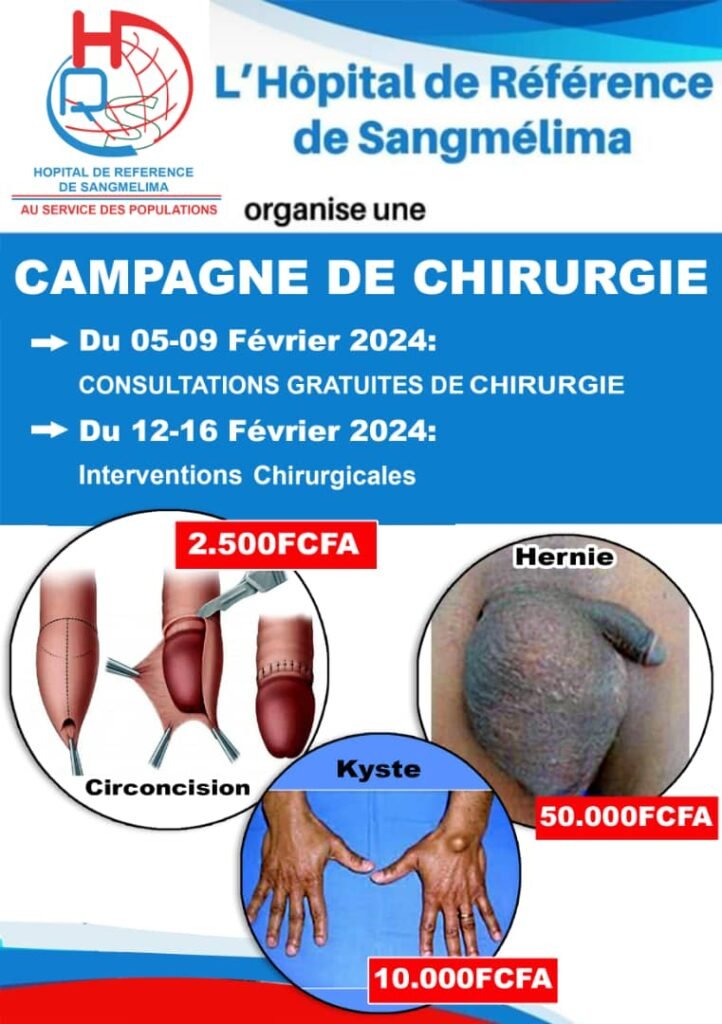
According to WHO, Cameroon is among several countries in West and Central Africa experiencing recurrent cholera outbreaks. Between 29 October 2021 and 30 April 2022, a total of 6652 suspected cases including 134 deaths (case fatality ratio 2%) have been reported.
Several risk factors can be attributed to the ongoing cholera outbreaks in Cameroon, including wide circulation of Vibrio cholerae in the country, limited access to safe drinking water in some areas, a seasonal pattern of cholera occurrence and inadequate WASH conditions.
Description of the outbreak
Cameroon has been reporting suspected cases of cholera since the beginning of 2021. The outbreak was declared by health authorities on 29 October 2021 and has been ongoing since then. As of 30 April 2022, 6652 suspected cases of cholera including 134 deaths (CFR 2%) have been reported from six regions – the South-West (4617 cases, 77 deaths), Littoral (1704 cases, 51 deaths), South (183 cases, two deaths), Central (125 cases, four deaths), North (15 cases, no death) and Far North (eight cases, no death) regions. Of the 6652 suspected cases, 5960 cases (90%) including 93 deaths (69%) have been reported in 2022. Between 29 October 2021 and 30 April 2022, a total of 1008 stool samples were tested from all six regions and 40 % (403) were confirmed positive for Vibrio cholerae O1 by culture.
Although the cholera outbreak started in late October, the number of weekly suspected cases increased from less than 200 in week nine of 2022 (ending 6 March) to 1262 in week 12 (ending 27 March). The overall CFR reported so far in 2022 (CFR 2%) is lower than CFR reported in 2021 (CFR 3.6%), however, it remains higher than the CFR of 1% expected during a cholera outbreak when timely treatment is available. Furthermore, the Central and Littoral regions continue to report high CFRs (CFR 2.9% and 3%, respectively).
While two regions, Central and South-West, reported cases of cholera in 2021, there has been a geographical expansion of the outbreak to five regions (Central, Littoral, North, South, South-West) since March 2022.
As of 30 April, the South-West region continues to be the most affected region with 4617 cases (69%) including 77 deaths (CFR 1.6%), of which 4069 cases (88%) were reported in 2022. Littoral is the second most affected region with 1704 (26%) cases and 51 deaths (CFR 3%), including 1684 (99%) cases reported in 2022.
Epidemiology of Cholera
Cholera is an acute enteric infection caused by ingesting the bacteria Vibrio cholerae present in contaminated water or food. It is mainly linked to insufficient access to safe drinking water and inadequate sanitation. It is an extremely virulent disease that can cause severe acute watery diarrhoea resulting in high morbidity and mortality, and can spread rapidly, depending on the frequency of exposure, the exposed population and the setting. Cholera affects both children and adults and can be fatal if untreated.
The incubation period is between 12 hours and five days after ingestion of contaminated food or water. Most people infected with V. cholerae do not develop any symptoms, although the bacteria are present in their faeces for 1-10 days after infection and are shed back into the environment, potentially infecting other people. Among people who develop symptoms, the majority have mild or moderate symptoms, while a minority develop acute watery diarrhoea with severe dehydration. Cholera is an easily treatable disease. Most people can be treated successfully through prompt administration of oral rehydration solution (ORS).
Cholera can be endemic or epidemic. A cholera-endemic area is an area where confirmed cholera cases were detected during the last three years with evidence of local transmission (cases are not imported from elsewhere). A cholera epidemic can occur in both endemic countries and in non-endemic countries.
The consequences of a humanitarian crisis – such as disruption of water and sanitation systems, or the displacement of populations to inadequate and overcrowded camps – can increase the risk of cholera transmission, should the bacteria be present or introduced. Uninfected dead bodies have never been reported as the source of epidemics.
A multifaceted approach including a combination of surveillance, water, sanitation and hygiene, social mobilization, treatment, and oral cholera vaccines is essential to control cholera outbreaks and to reduce deaths.
WHO advice
WHO recommends improving access to clean water and sanitation, good waste management, food safety practices and hygienic practices to prevent the transmission of cholera. Oral cholera vaccines should be used in combination with improvements in water and sanitation to control cholera outbreaks and for prevention in areas known to be high risk for cholera.
Strengthening surveillance, especially at the community level, is advised. Appropriate case management, including improving access to care, should be implemented in outbreak-affected areas to reduce mortality. There is a need to ensure that countries are ready to quickly detect and respond to this cholera outbreak to reduce the risk of spread to new areas. Setting up oral rehydration points (ORPs) in communities is also critical to provide early management through oral rehydration, screening and referral of patients. As the outbreak is occurring in border areas where there is significant cross border movement, WHO encourages the respective countries to ensure cooperation and regular information sharing.
International travel or trade: WHO does not recommend any restriction on travel and trade to and from Cameroon based on the information available on the current outbreak.
Ingrid KENGNE


















